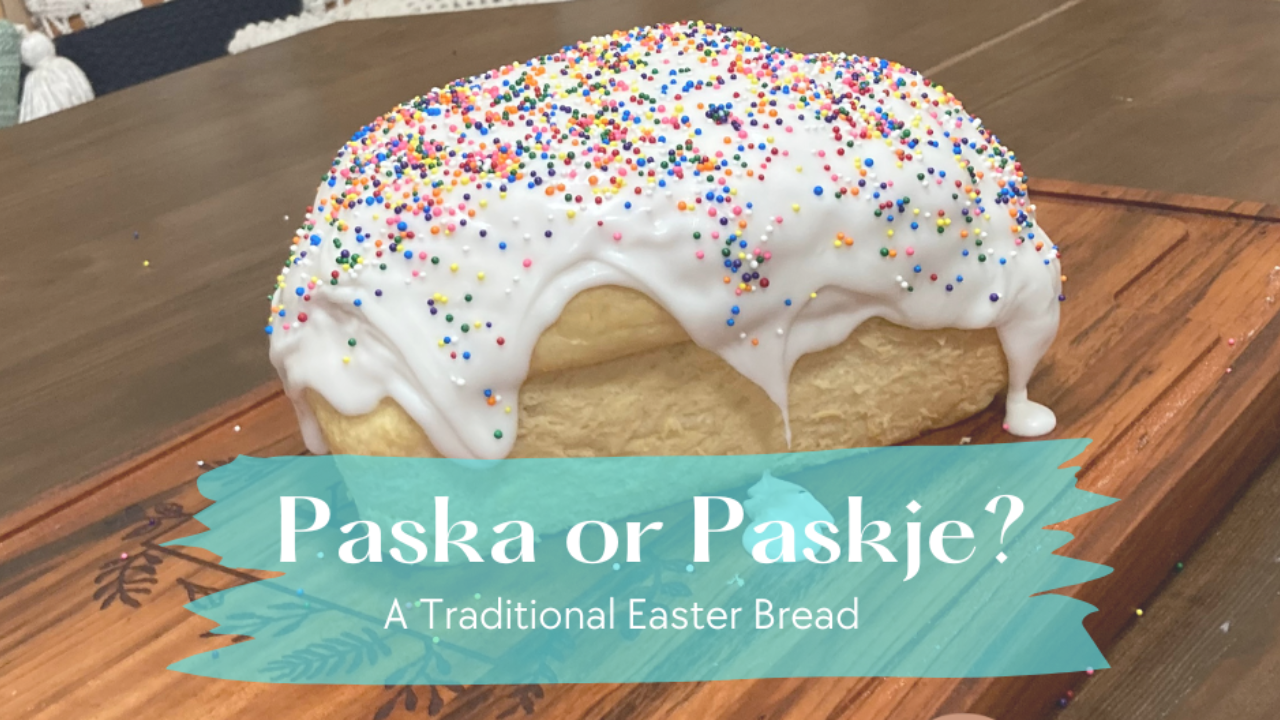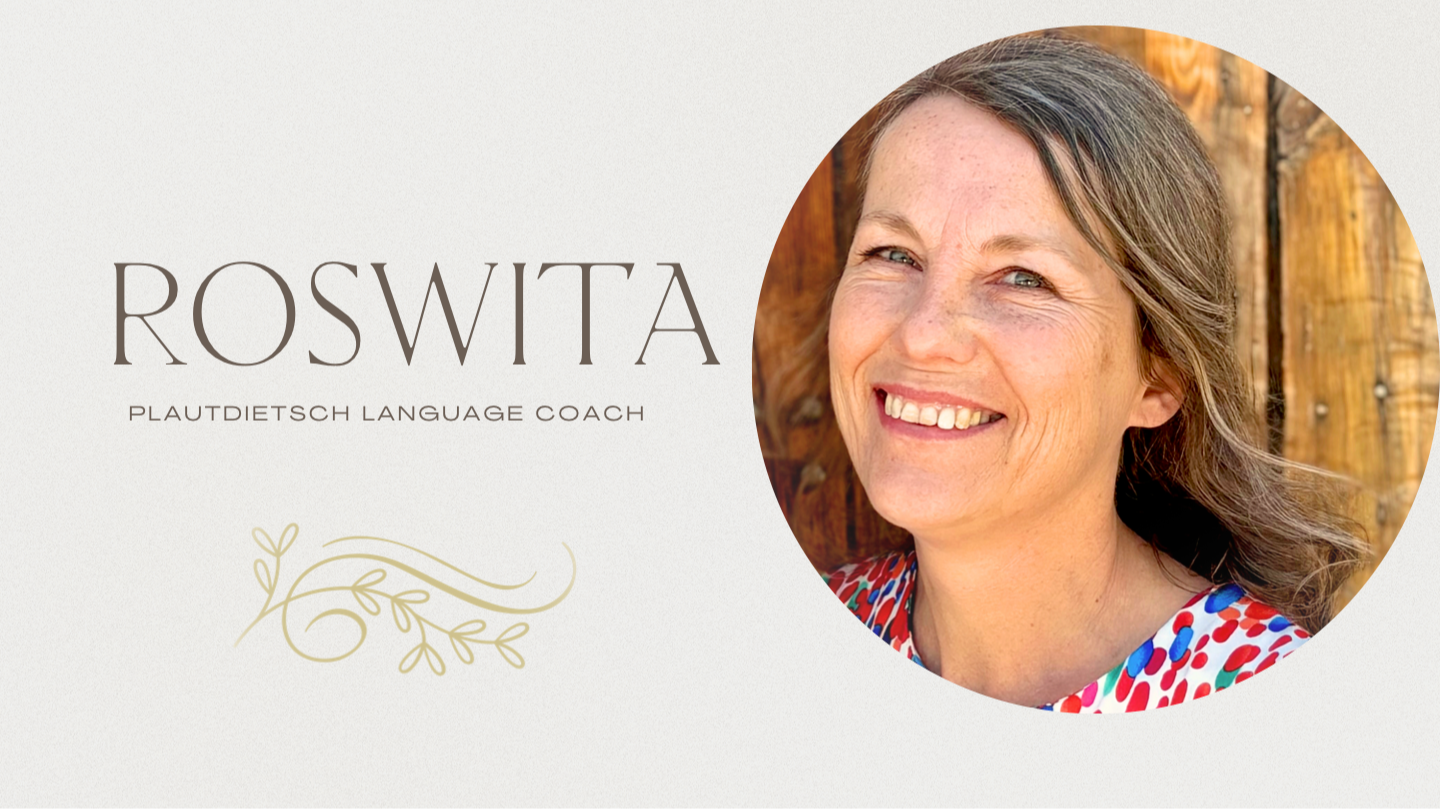🌸 Paska or Paskje?

Every year around Easter, the sweet scent of homemade Paska fills kitchens around the world. But in many Mennonite homes, you might hear it called by another name: Paskje. So which is it—and where did this delicious bread come from?
The Story Behind Paska
The word Paska actually comes from the Russian word for Passover, which in turn is derived from the Hebrew word Pesach. Deeply rooted in Christian tradition, this bread is more than a holiday treat—it’s a symbol of Christ’s resurrection and the new life we receive through His sacrifice. In many Eastern Orthodox cultures, Paska is made and blessed in churches as part of the Easter celebration. It often includes eggs, citrus, and sometimes fruit, representing life, joy, and the richness of salvation.
Why Do Mennonites Call It Paskje?
As Mennonites moved through Slavic regions over the centuries, they carried this beloved recipe with them. And, as with many traditional dishes, they made it their own—adding extra ingredients, a little more sweetness, and a signature thick frosting on top. Because Plautdietsch (Low German) was their everyday language, Paska became Paskje. I still remember looking forward to my Oma’s Paskje every Easter. Her version? Moist, fluffy, and topped with a generous layer of frosting (the thicker, the better!). It was the highlight of our family gatherings.
A Sweet Memory from Russia
When I lived in Russia, I was surprised—and delighted—to discover this bread was a key part of local Easter traditions. People would gift Paska and greet one another with “He is Risen!” to which the reply was always, “He is Risen INDEED.” It warmed my heart to realize this tradition stretched far beyond my family’s table and connected us with something bigger. Although the Slavic version was a bit drier (nothing beats Oma’s baking!), it paired perfectly with a cup of coffee and stirred memories that spanned generations.
Want to Try It?
Click here to get my favorite Paska/Paskje recipe. It’s a lighter version with citrus that enhances the flavor in every bite—and it’s the closest I’ve come to Oma’s masterpiece.
Let this Easter be full of warmth, joy, and maybe a slice or two of this special bread.
The Language Learning Guide
Get the FREE resource to boost your language learning efforts.
If you are wanting to learn a new language for a specific situation and you just can’t find the program to meet that need, I’ve created a guide with strategies and tools to create phrases that resonate with your context.
We hate SPAM. We will never sell your information, for any reason.




